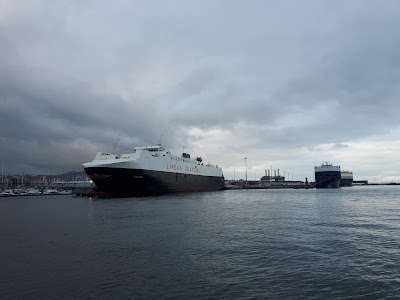Orca Interactions in the Atlantic

I previously wrote about being a speaker at the IS Cruising Conference. As a participant, I was fortunate to hear talks on other subjects, most notably the recent interactions between Orcas and sailing vessels off the Iberian coast. I've written about that before, as I am fascinated by the behavior. Fortunately, we didn't have any encounters ourselves on our return from Galicia in 2019. Mónica González, Marine Biologist with CEMMA - Coordinadora para el Estudio de los Mamíferos Marinos, gave a talk at the Royal Cork Yacht Club in Crosshaven on the 11th of March 2023. She presented a great deal of information now available on the Orcas that have been interacting with sailboats in the past few years. CEMMA and Orca Iberica have identified 15 orcas, of the resident population of 35 remaining animals, that are taking part in the interactions. Monohull sailboats were involved in 80% of reported incidents. It appears that the interactions, particularly with spade and double-spade ...











